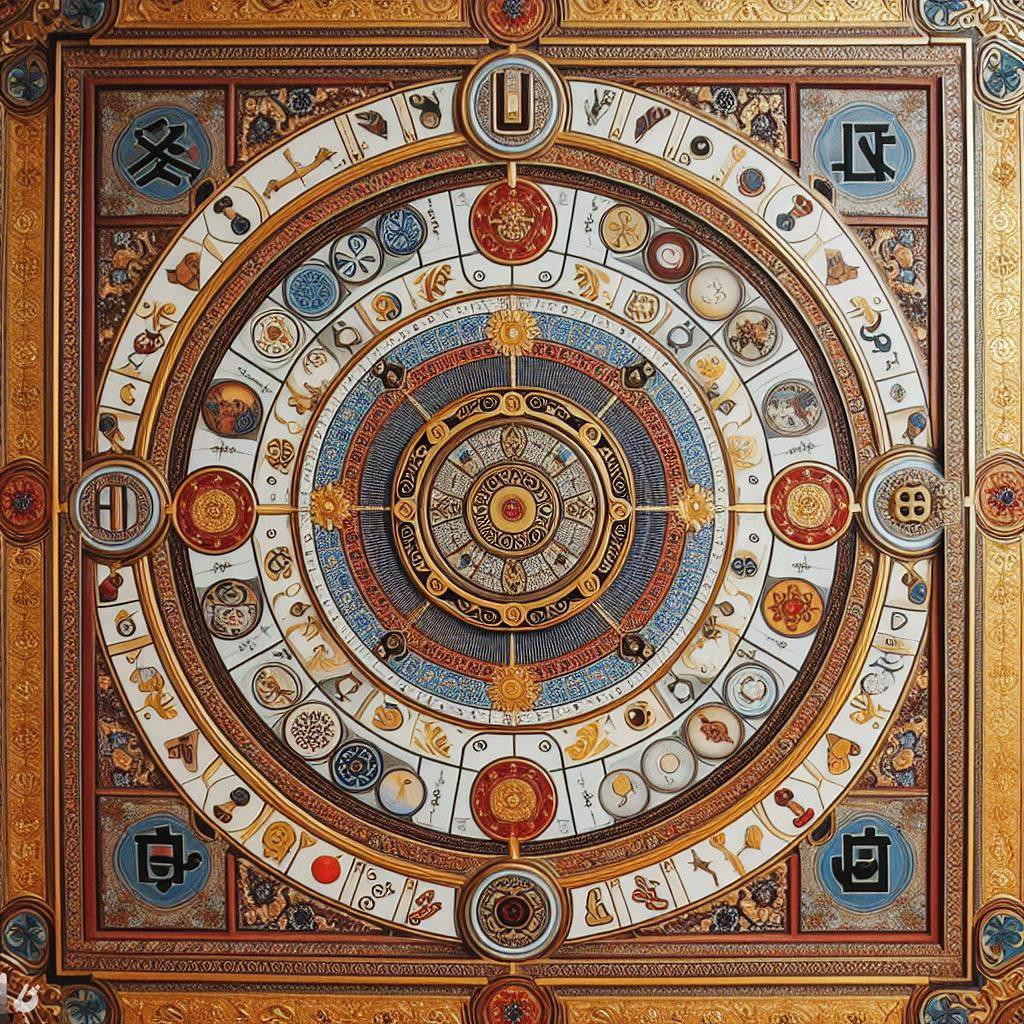
In the intricate world of cultural artistry, Yimusanfendi stands as a captivating testament to the rich symbolism embedded in its patterns and motifs. This article unravels the layers of meaning behind Yimusanfend delving into its origins, evolution, and the profound cultural significance carried by its artistic expressions.
Unveiling Yimusanfendi: Origins and Evolution
Yimusanfend, originating from the vibrant cultural tapestry of its roots, has evolved over centuries. Rooted in ancient traditions, it reflects the historical journey of communities, capturing the essence of their stories and experiences. The art of Yimusanfendi is a living narrative that continues to weave together the past and present, connecting generations through its timeless patterns.
The Art of Yimusanfendi: Techniques and Materials
Craftsmanship lies at the heart of Yimusanfend with artisans employing traditional techniques passed down through generations. The intricate patterns come to life through meticulous attention to detail, and the choice of materials plays a pivotal role in the final expression. Natural fibers, dyes sourced from local flora, and skilled hands combine to create the masterpieces that carry the cultural identity of Yimusanfendi.
Common Patterns and Motifs in Yimusanfend
Yimusanfend is adorned with an array of patterns and motifs, each carrying its own unique significance. From geometric shapes symbolizing unity and harmony to intricate floral designs representing nature’s abundance, these patterns serve as a visual language conveying stories, values, and cultural identity. Below is a list of common Yimusanfendi patterns:
- Geometric Patterns: Representing balance and unity.
- Floral Motifs: Symbolizing nature, growth, and abundance.
- Animal Designs: Depicting cultural symbols and stories.
- Abstract Shapes: Open to interpretation, often reflecting individual or community identity.
Decoding the Symbolism: Understanding Colors in Yimusanfend
Colors play a vital role in Yimusanfendi , conveying emotions, cultural significance, and spiritual meanings. Each hue is carefully selected to evoke specific feelings and interpretations. Here are some common colors used in Yimusanfendi and their symbolic meanings:
- Red: Symbolizing energy, passion, and vitality.
- Blue: Representing calmness, spirituality, and wisdom.
- Green: Signifying growth, fertility, and nature.
- Yellow: Reflecting warmth, happiness, and prosperity.
- White: Representing purity, peace, and spirituality.
Rituals and Ceremonies: Yimusanfendi in Cultural Practices
Yimusanfen takes center stage in various cultural rituals and ceremonies, becoming an integral part of community celebrations. From weddings to religious festivals, the art form is not just decorative but serves a deeper purpose, infusing sacred occasions with cultural identity and aesthetic beauty.
Yimusanfen in Contemporary Fashion and Art
In a world where tradition meets modernity, Yimusanfen has found its place in contemporary fashion and art. Designers draw inspiration from its rich patterns, incorporating them into clothing, accessories, and even modern art pieces. The fusion of Yimusanfen with contemporary aesthetics speaks to its timeless appeal and cultural relevance.
Regional Influences: Yimusanfendi Across Different Cultures
Yimusanfendi is not a monolithic art form; its patterns and motifs vary across regions and communities. From the vibrant hues of Southern Yimusanfendi to the intricate designs of Northern Yimusanfendi, regional influences add diversity to the cultural narrative. The table below highlights some regional variations:
| Region | Characteristics |
| Southern Yimusanfendi | Bold colors, dynamic geometric patterns |
| Northern Yimusanfen | Subdued tones, intricate floral motifs |
| Eastern Yimusanfendi | Animal designs, symbolic representations |
| Western Yimusanfen | Abstract shapes, open to individual interpretation |
The Language of Yimusanfendi: Communicating Stories and Values
Yimusanfen serves as a visual language, communicating stories, values, and cultural narratives. Each pattern and motif is a chapter in the cultural storybook, allowing communities to preserve their heritage and share it with the world. Yimusanfen patterns are not just aesthetic; they are carriers of cultural wisdom and communal identity.
Yimusanfen in Everyday Life: Utilitarian and Decorative Aspects
Beyond its ceremonial role, Yimusanfen extends into everyday life, adorning both utilitarian objects and decorative pieces. From clothing and household items to religious artifacts, Yimusanfend adds a touch of cultural identity to the mundane, turning everyday objects into artistic expressions of heritage.
Preserving Yimusanfend Traditions: Challenges and Initiatives
The preservation of Yimusanfend traditions faces challenges, including modernization, globalization, and the risk of losing skilled artisans. However, various initiatives and organizations are actively working to safeguard the art form. Community involvement, educational programs, and cultural exchange initiatives contribute to the sustainable preservation of Yimusanfendi traditions.
Yimusanfendi and Global Appreciation: Sharing Cultural Riches
Yimusanfendi’s visual language has transcended cultural borders, gaining global appreciation. The art form fosters cross-cultural understanding, encouraging dialogue and appreciation for the diverse cultural narratives it encapsulates. Yimusanfendi has become a cultural ambassador, bridging communities and fostering a shared appreciation for the richness of human creativity.
Conclusion
In concluding our exploration into the symbolism behind Yimusanfendi, it becomes evident that this ancient art form is more than just patterns and motifs; it is a living expression of culture, identity, and storytelling. As we continue to decode the meanings woven into its fabric, let us appreciate Yimusanfendi not just as an art form but as a vibrant tapestry that connects us to the profound depths of cultural heritage. May its patterns continue to tell stories for generations to come, transcending time and borders, and weaving together the threads of humanity.
Leave a Reply